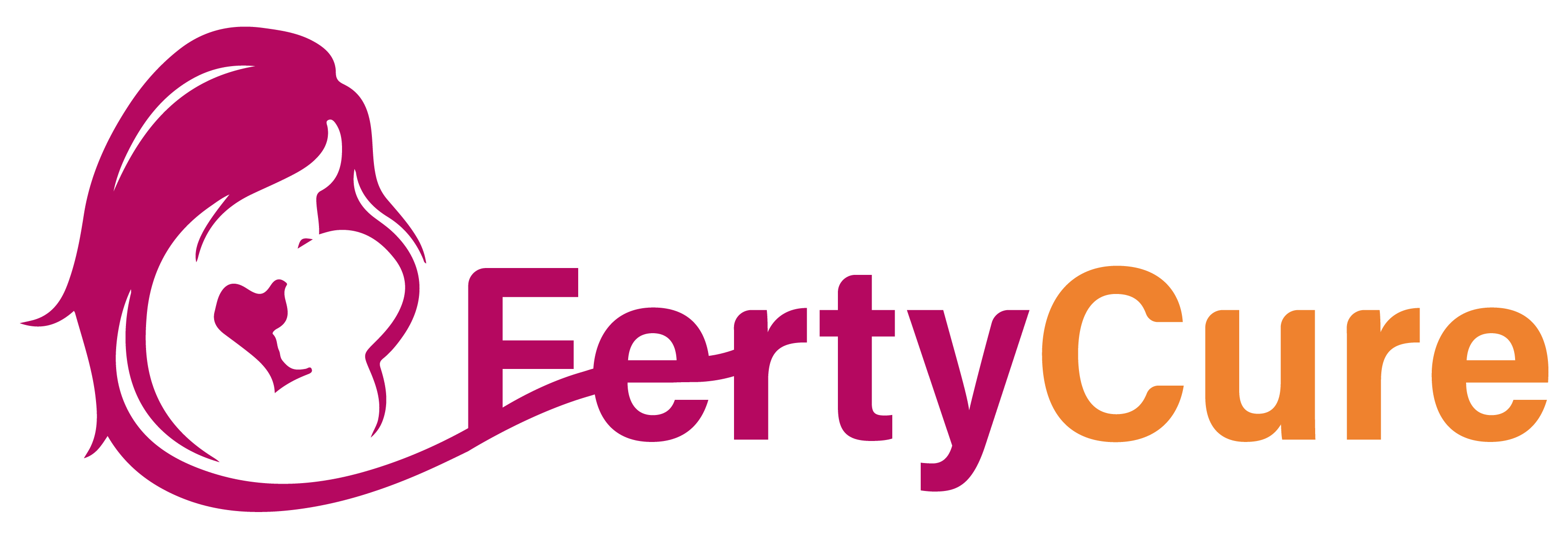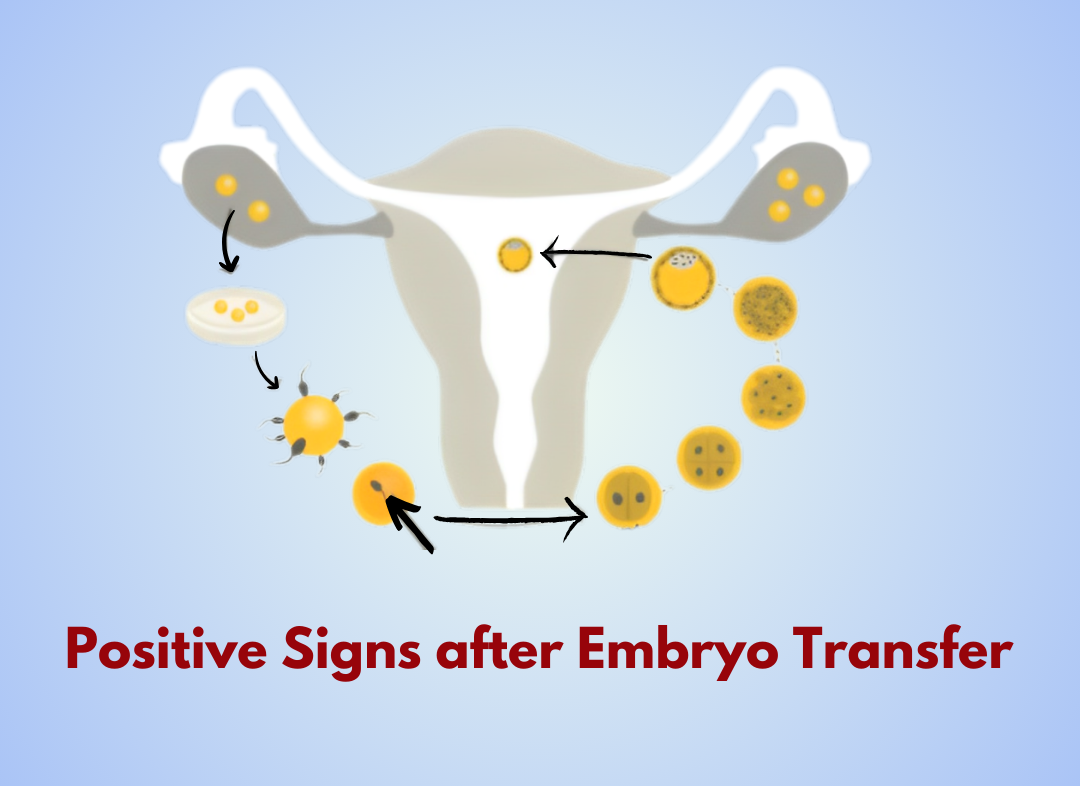Table of Contents
Positive Signs after Embryo Transfer
Embryo transfer is one of the most crucial stages in an in vitro fertilization (IVF) procedure. It involves placing fertilized embryos into a woman’s uterus in the hopes of achieving pregnancy. After the transfer, the wait to confirm success can feel like an eternity for many hopeful parents. While every woman’s experience is unique, there are several potential positive signs that might indicate a successful embryo transfer and early pregnancy.
What Happens After an Embryo Transfer?
The period following an embryo transfer, often referred to as the “two-week wait,” is when implantation may occur. If the embryo successfully implants in the uterine lining, it begins to release the hormone hCG (human chorionic gonadotropin), which is the hormone detected in pregnancy tests. In this stage, various symptoms may arise, many of which are commonly associated with early pregnancy.
Positive Signs of Successful Embryo Transfer
While these symptoms can vary widely among individuals, here are some commonly reported signs that may suggest a positive outcome after embryo transfer:
1. Mild Cramping
Cramping is among the first signs that women often report after an embryo transfer.This sensation is typically mild and can resemble menstrual cramps. This is believed to occur due to the embryo embedding itself into the uterine lining, a process referred to as implantation.
Research Insights:
Research indicates that cramping following an embryo transfer does not necessarily signify an issue. Mild cramps, lasting for a few days, may be a positive sign of embryo attachment .
2. Spotting or Light Bleeding
Some women may notice light spotting or bleeding after embryo transfer. This may happen when the embryo implants into the uterine lining, commonly known as “implantation bleeding.” It is usually light and can occur between 6 to 12 days after the transfer.
Research Insights:
Studies indicate that around 25% of women experience implantation bleeding in early pregnancy . However, spotting or bleeding can also be caused by other factors, so it’s important to consult a doctor if it occurs.
3. Breast Tenderness
Breast changes, including swelling, sensitivity, or tenderness, can be early indicators of pregnancy following an embryo transfer. These changes are caused by rising levels of estrogen and progesterone, which help support early pregnancy.
Research Insights:
The increase in hormone levels, especially progesterone, can cause physical changes in the breasts, making them feel more tender or sore .
4. Fatigue
Experiencing unusual tiredness or fatigue is another possible sign of early pregnancy. After embryo transfer, the body undergoes significant hormonal changes, especially an increase in progesterone, which can lead to drowsiness or fatigue.
Research Insights:
According to the American Pregnancy Association, heightened progesterone levels after an embryo transfer can cause a sense of tiredness and fatigue .
5. Increased Basal Body Temperature (BBT)
Tracking basal body temperature can provide clues regarding implantation success. A slight rise in body temperature may suggest that the embryo has successfully implanted into the uterine lining.
Research Insights:
Many women notice an elevation in their basal body temperature following embryo transfer, which could be linked to early pregnancy .
6. Frequent Urination
Frequent trips to the restroom can be an early sign of pregnancy. This occurs as elevated levels of hCG lead to increased blood flow to the pelvic area, resulting in more frequent urination.
Research Insights:
An increase in urinary frequency is common in early pregnancy, typically around two to three weeks after embryo transfer, due to the rising levels of hCG .
7. Mood Swings
Hormonal fluctuations following an embryo transfer can cause changes in emotions or mood swings. Women may experience feelings of happiness, irritability, or emotional sensitivity as early signs of pregnancy.
Research Insights:
Hormonal changes during the luteal phase (the phase after ovulation or embryo transfer) can lead to emotional variations, which are commonly observed in early pregnancy .
Common Misconceptions After Embryo Transfer
While these symptoms can be promising, it’s important to keep in mind that experiencing—or not experiencing—these signs does not guarantee the outcome of the transfer. Some women may not feel any symptoms at all and still go on to have a successful pregnancy. Others may experience early pregnancy-like symptoms without a positive result. The only reliable way to confirm pregnancy is through a blood test for hCG, typically conducted 10 to 14 days after the transfer.
Conclusion
The time after an embryo transfer can be a nerve-wracking experience, filled with both hope and uncertainty. While positive signs such as mild cramping, breast tenderness, or spotting may indicate a successful outcome, these symptoms can vary among individuals. It’s important to rely on medical tests like an hCG blood test for confirmation. Staying informed, patient, and in touch with your healthcare provider can help make this waiting period more manageable.
In the end, each IVF journey is unique, and success depends on a combination of factors, including the woman’s age, the quality of the embryos, and the overall health of both partners.
FAQs
- How soon after embryo transfer can I experience pregnancy symptoms?
Many women start noticing symptoms as early as 6 to 12 days after the embryo transfer. However, some may not experience any symptoms, and that’s perfectly normal. - Can cramping after embryo transfer indicate success?
Mild cramping is common after an embryo transfer and could be a sign of implantation. However, cramping can also result from other factors, so it is not always a definitive sign of pregnancy. - Is spotting always a sign of implantation?
Spotting can occur after an embryo transfer due to implantation, but it could also be related to other factors like irritation from progesterone supplements or cervical changes. Always consult your doctor if you experience bleeding or spotting.

